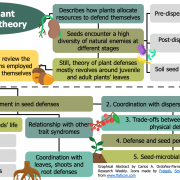
Review: Extending Plant Defense Theory to Seeds (Annu. Rev. Ecol. Evol. Syst.) ($)
Plant Science Research WeeklyPlants have developed multiple mechanisms to deal with the natural enemies they encounter through their life. In consequence, the Plant Defense Theory has arisen to assess how plants allocate resources to this purpose. However, much of the efforts in this matter has revolved around the defense that occurs…
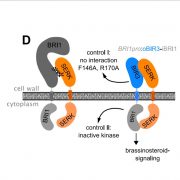
A protein engineering approach for elucidating receptor protein signaling function (Plant Cell)
Plant Science Research WeeklyPlant cells express an array of membrane-bound receptor proteins that recognize and respond to extracellular cues. However, their varied structure/specificity and methods of activation pose challenges in assessing their function. Focusing on Leucine-Rich Repeat Receptor Kinases (LRR-RKs), Hohmann et…
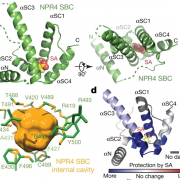
Structural basis of salicylic acid perception by Arabidopsis NPR proteins (Nature) ($)
Plant Science Research WeeklySalicylic acid (SA) is a critical hormone in plant-pathogen responses. The main receptors of this hormonal signal are a small family of NPR proteins (NONEXPRESSOR OF PATHOGENESIS-RELATED GENES). Although NPR1 is a positive regulator of defense signaling, NPR3 and NPR4 serve as negative regulators; they…
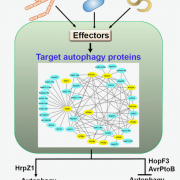
An interactome of plant autophagy proteins and pathogen effectors (Cell Host Microbe) ($)
Plant Science Research WeeklyAutophagy is a regulated process whereby select cytoplasmic components are degraded. It is involved in a variety of biological processes, including defense against pathogens. As such, plant pathogens have evolved mechanisms to target host autophagy machinery to gain virulence. However, we still lack…
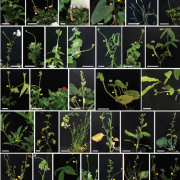
Cell-cell adhesion in plant grafting is facilitated by b-1,4-glucanases (Science) ($)
Plant Science Research WeeklyPlant grafting has been used in crop improvement for centuries and more recently to study systemic and long-distance signaling in the plant vascular system. In order to better understand graft compatibility and its mechanism, Notaguchi et al. used Nicotiana to study interfamily graft combinations. Interfamily…
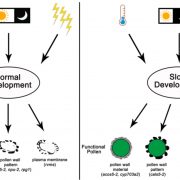
Slow development restores the fertility of photoperiod-sensitive male-sterile plant lines (Plant Physiol.)
Plant Science Research WeeklyThere are many well-known advantages to hybrid seeds. However, one obstacle is the tendency of some plants to self-pollinate. The development of genetically male-sterile lines greatly facilitates hybrid seed production, as the maternal male-sterile plant cannot self-fertilize and depends on donor pollen…
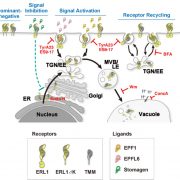
The manifold actions of signaling peptides on subcellular dynamics of a receptor specify stomatal cell fate (eLife)
Plant Science Research WeeklyStomatal development requires cell-to-cell communication and follows one cell spacing, with a minimum of one cell space between two stomata. Key to this communication are the ERECTA and ERECTA LIKE (ERL) Leucine-Rich Repeat domain-Receptor Like kinases (LRR-RLKs) and their ligands, the EPIDERMAL PATTERNING…
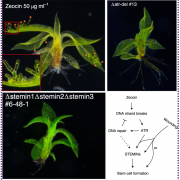
DNA damage triggers reprogramming of differentiated cells into stem cells in Physcomitrella (Nature Plants) ($)
Plant Science Research WeeklyWounding and other types of cellular damage, such as DNA damage-induced stem cell death, trigger cellular reprogramming to confer stem cell identity to damage-adjacent cells, thus establishing a new stem cell niche capable of repairing the injury. Studies in angiosperm models have identified the phytohormone…
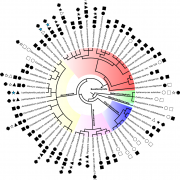
Lipo-chitooligosaccharides as regulatory signals of fungal growth and development (Nature Comms)
Plant Science Research WeeklyDuring symbiosis, the rhizobia bacteria rely on their lipo-chitooligosachharide signals (LCOs) to associate with plants. This signal is perceived by plant receptor like kinase, LysM-containing receptors which activate the common symbiosis signaling pathway (CSSM). Fungal symbiosis with plants has also…

